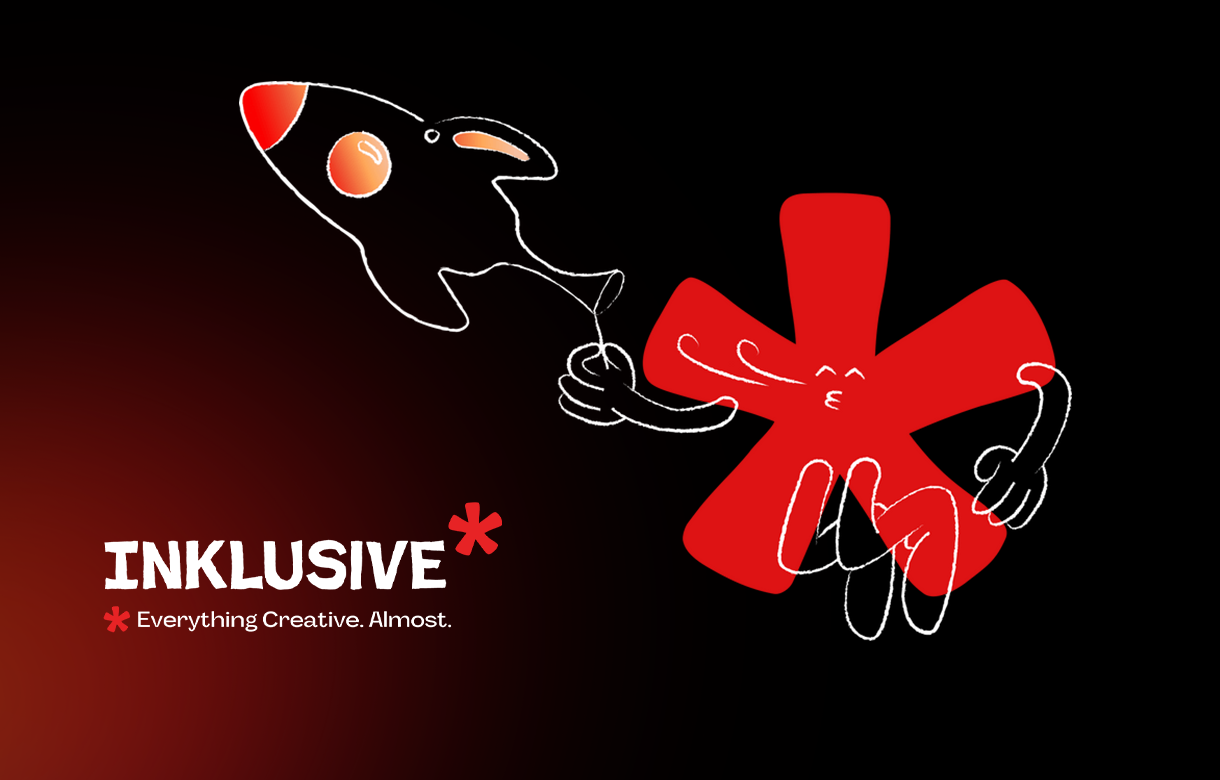In an era where the only constant is change, fostering an environment of continuous learning and development is not just beneficial but essential. A well-designed training program is pivotal in empowering employees with the skills and knowledge needed for both personal and organizational growth. This guide provides a comprehensive approach to designing a training program that not only meets but exceeds expectations, ensuring it’s impactful, engaging, and perfectly aligned with your organizational goals.
In the dynamic world of business, the importance of well-crafted employee training presentation workshop initiatives cannot be emphasized enough. As businesses confront the challenges of a rapidly globalizing economy and the transformative force of technology, their capacity to adjust and flourish greatly depends on the proficiency, expertise, and competencies of their hired employees.
When strategically and carefully planned then the training schemes catalyze unleashing the complete capabilities of employees, enhancing their productivity, and propelling organizational triumph. This article explores the diverse advantages, approaches, and optimal methods that characterize successful employee training endeavors.

Let's Begin the Journey!
1. Assessing Needs and Setting Learning Objectives
Before diving into the content, it’s crucial to conduct a thorough needs assessment. This process involves identifying the specific skills and knowledge required to meet your organization's strategic objectives. Based on this assessment, set clear, measurable learning objectives that articulate what participants should achieve by the end of the training.
Like, start by following these many steps:
- Begin by conducting an organizational analysis to gain a holistic understanding of the organization's goals, objectives, and strtegic priorities.
- Identify key performance indicators (KPIs) and benchmarks against which employee performance will be evaluated.
- Consider the organization's structure, culture, resources, and external factors such as industry trends and regulatory requirements that may impact training needs, and then design a training program.
2. Catering to Diverse Learning Styles
Recognize and accommodate the diverse learning styles of your participants, including visual, auditory, and kinesthetic learners. A graphic design training program that caters to these varied preferences ensures a more engaging and effective learning experience for all. By understanding and catering to these differences, organizations can ensure that their training initiatives are engaging, accessible, and effective for all participants. This comprehensive exploration delves into the significance of diverse learning styles and offers strategies for tailoring training programs to meet the needs of every learner.
3. Choosing the Right Delivery Mode
Choosing the right delivery mode for training employees is a critical decision that can significantly impact the effectiveness and engagement of the learning experience. The ideal delivery mode should align with the learning objectives, preferences of the participants, and the nature of the content. And when the mode is decided all rests with 'how to design a training program'- comes into play.
Traditional methods like instructor-led training provide a structured environment for learning and facilitate immediate feedback, while online or e-learning platforms offer flexibility and accessibility, particularly for remote or geographically dispersed employees. Blended learning approaches combine the best of both worlds, leveraging both in-person and online resources to cater to diverse learning styles and preferences. Ultimately, selecting the appropriate delivery mode involves considering factors such as the complexity of the subject matter, available resources, technological infrastructure, and the unique needs of the learners to create an engaging and effective training experience.
So, consider factors such as the training content, audience characteristics, and budget constraints to determine the best fit. Selecting the appropriate delivery mode for your training is a critical decision. Options range from traditional classroom settings to on-the-job coaching and modern e-learning platforms.
4. Budgeting Wisely
An effective training program design necessitates meticulous financial planning to ensure optimal utilization of resources while maximizing return on investment (ROI). This involves establishing a comprehensive budget that aligns with organizational goals and priorities, considering costs associated with curriculum development, instructor fees, materials, technology, and participant incentives. Additionally, conducting a thorough cost-benefit analysis helps evaluate the potential impact of training investments on employee performance, productivity, and organizational outcomes. By optimizing resources, exploring cost-effective delivery methods, and adopting a long-term perspective, organizations can strategically allocate funds to support continuous learning and development initiatives that drive success.
5. Engaging Delivery and Interactive Content
The delivery style of your training program should encourage active participation. Incorporate interactive elements like discussions, role-playing, and hands-on exercises to keep the training dynamic and engaging. Tailor these activities to your audience’s specific roles and experience levels for maximum relevance.
Engaging delivery and interactive content are essential elements for effective employee training, fostering active participation, and enhancing knowledge retention. Interactive content, including quizzes, simulations, and case studies, provides opportunities for learners to apply concepts in real-world scenarios, reinforcing understanding and facilitating skill development. Moreover, incorporating technology-driven tools like virtual reality simulations or gamified learning platforms adds an element of excitement and interactivity, making the training experience more immersive and enjoyable in your well-designed presentation workshops. By prioritizing engaging delivery and interactive content, organizations can create dynamic training programs that not only capture employees' interest but also empower them to acquire and apply new knowledge effectively.
6. Structuring Content for Maximum Impact
Develop training content that aligns with your learning objectives, incorporating both theoretical knowledge and practical applications. Use visual aids, case studies, and real-world examples to enhance comprehension and retention. The more visual presentation you have the more impactful your training program design seems to be impressive.
To ensure maximum impact in training employees, it's essential to structure content in a clear, engaging, and systematic manner. Begin by outlining clear learning objectives to guide the training session. Break down complex concepts into digestible chunks, utilizing a variety of multimedia resources such as videos, interactive simulations, and real-world case studies to cater to diverse learning styles. Incorporate opportunities for active participation through group discussions, hands-on activities, and quizzes to reinforce understanding and retention. Additionally, provides ample opportunities for feedback and reflection to encourage continuous improvement. By carefully structuring content with these considerations in mind, you can create a dynamic and effective training program that empowers employees to excel in their roles.
7. Planning and Timing
Craft a realistic timeline for both the development and delivery of your training program. Scheduling training at optimal times can maximize participation and minimize work disruptions. In essence, effective planning and timing in training programs are essential for aligning with organizational objectives, optimizing resources, engaging employees, facilitating knowledge retention and application, adapting to changing needs, and ultimately achieving measurable outcomes that contribute to organizational success.
8. Communicating the Training Program
A robust communication strategy is key to promoting your training program. Highlight the benefits and relevance of the training to potential participants through various channels, underscoring how it aligns with their developmental goals.
Utilize multiple communication channels to reach all participants, including email, intranet announcements, team meetings, and direct supervisor communication. Ensure that the messaging is consistent across all channels and conveys the purpose, schedule, and expectations of the training program.
9. Measuring Success and Gathering Feedback
Evaluate the effectiveness of your training program through direct feedback, quizzes, and performance assessments. Use evaluation results to identify strengths and weaknesses of the training program and make necessary adjustments for future iterations. Stay updated on industry trends, emerging technologies, and best practices in training and development to continuously enhance the program.
Encouraging a culture of continuous learning and development within the organization is invaluable for identifying strengths and areas for improvement.
10. Continuous Improvement
Use the insights gained from evaluations to refine and enhance your graphic design training program continuously. Like, be open to integrating new methodologies and technologies to keep the training relevant and engaging. Continuous improvement begins with fostering a culture of learning and innovation within the organization. This involves promoting an environment where employees are encouraged to question the status quo, experiment with new ideas, and contribute to the improvement process. Leadership plays a crucial role in modeling behaviors that prioritize learning, risk-taking, and adaptation.

10 Pro Trip:
Certainly! Here are 10 pro tips on how to design an impactful training program:
- Understand Training Objectives: Begin by clearly defining the objectives of the training program. What specific skills, knowledge, or behaviors do you aim to develop or improve among participants? Align these objectives with the broader goals of the organization to ensure relevance and effectiveness.
- Know Your Audience: Conduct a thorough analysis of your audience, including their learning preferences, skill levels, and job roles. Tailor the training content and delivery methods to meet the diverse needs and preferences of participants.
- Utilize Adult Learning Principles: Incorporate principles of adult learning theory, such as active participation, relevance to real-life situations, and opportunities for self-directed learning. Adults learn best when they are engaged, motivated, and actively involved in the learning process.
- Create Engaging Content: Develop engaging and interactive training materials that capture participants' attention and encourage active participation. Use a variety of formats, including videos, case studies, role-plays, and hands-on activities, to appeal to different learning styles and preferences.
- Focus on Practical Application: Emphasize practical application of learning by incorporating real-world examples, case studies, and simulations. Provide opportunities for participants to practice new skills in a safe and supportive environment, and offer feedback and guidance to facilitate mastery.
- Provide Ongoing Support: Offer ongoing support and resources to participants before, during, and after the training program. This may include pre-training materials, access to additional resources or reference materials, and post-training follow-up sessions or coaching to reinforce learning and address any questions or challenges.
- Promote Collaboration and Networking: Encourage collaboration and networking among participants to foster a supportive learning community. Incorporate group activities, discussions, and peer-to-peer learning opportunities to facilitate knowledge sharing and exchange of ideas.
- Measure and Evaluate Impact: Implement pre- and post-training assessments to measure the effectiveness of the training program and evaluate participants' learning outcomes. Gather feedback from participants and stakeholders to identify strengths, areas for improvement, and opportunities for future development.
- Iterate and Improve: Use evaluation results and feedback to iterate on the training program and make continuous improvements. Identify what worked well and what could be enhanced, and make necessary adjustments to enhance the effectiveness and impact of future training initiatives.
- Promote a Culture of Learning: Encourage a culture of continuous learning and development within the organization by promoting the value of training and investing in employee growth and development. Recognize and celebrate learning achievements, and provide opportunities for ongoing skill enhancement and professional growth.

By incorporating these pro tips into the design of your training program, you can create an impactful learning experience that empowers participants to acquire new skills, enhance performance, and drive organizational success.
Leverage Technology: Utilize modern educational technologies, such as Learning Management Systems (LMS) and gamification, to create a more interactive and accessible learning experience. These tools can significantly enhance engagement and retention rates.
Related Article on Innovative Training Techniques Click on the link and learn more
Our Training Services Page
Trusted Quotes:
"The only thing worse than training your employees and having them leave is not training them and having them stay." - Henry Ford
"Learning is not attained by chance, it must be sought for with ardor and attended to with diligence." - Abigail Adams
Data Points to Emphasize:
Organizations that invest in employee training have a 24% higher profit margin than those that don’t.
(Source: American Society for Training and Development)
76% of employees are more likely to stay with a company that offers continuous training.
(Source: LinkedIn Learning)
Consistent training not only boosts employees' sense of value but also enhances their competence and confidence in their respective roles. Consequently, it reduces the likelihood of employees seeking opportunities with competitors.
Multimedia Integration:
Podcast:
Case study: ITC Interrobang Season 10 | INK PPT
Ready to Elevate Your Training Program?
At INK PPT, we understand the transformative power of a well-crafted training program. Our team of experts specializes in designing engaging, impactful, and tailored training solutions that meet the unique needs of your organization. From interactive workshops to comprehensive e-learning modules, we leverage the latest technologies and methodologies to empower your team with the skills they need to succeed.
Are you ready to take your Design Training Program to the next level? With our tailored approach and innovative solutions, we'll help you inspire and empower your employees to reach their full potential. Together, let's create a training program that drives performance, fosters growth, and propels your organization toward success. Let's embark on this journey of continuous improvement and unlock new opportunities for learning and development. Join us today and unleash the power of effective training.Discover how INK PPT can revolutionize your training approach and drive your organization forward. Contact us today to start your journey toward creating dynamic and effective training programs that make a lasting impact.
Explore Our Training Solutions -Comprehensive Training Solutions | INK PPT











.jpg)
.jpg)
.png)

.png)


.jpg)







%20(1).jpg)






%20(1).png)